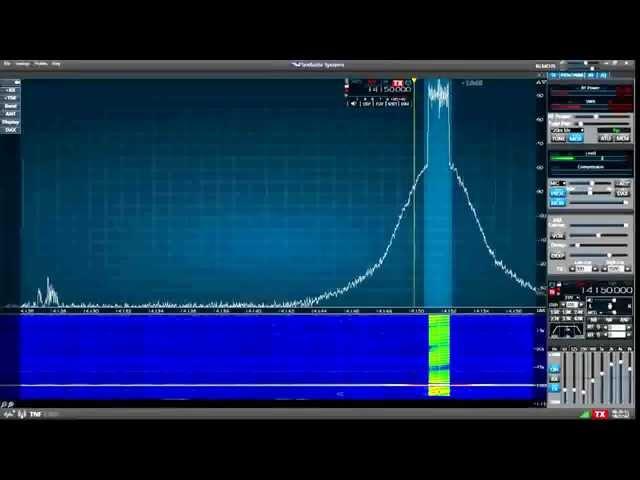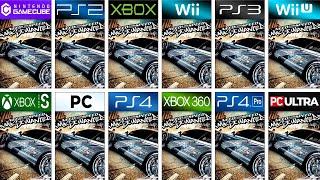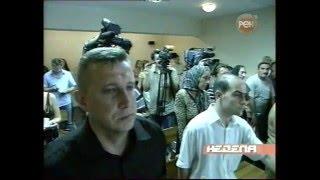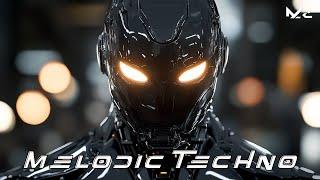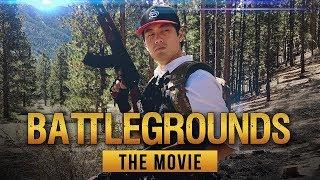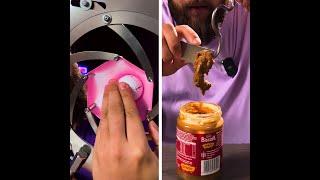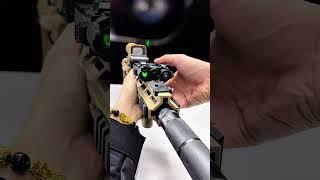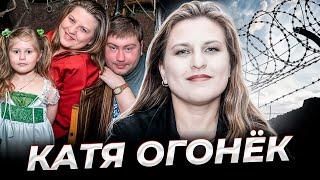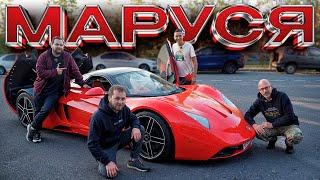Комментарии:

Great demo guys, well done!
BTW I can see a little downward slope on the tx signal, more power at low freq than high. This means the LF carriers are getting a bit more power. This is often fue to the radio tx filter response. Might be something we can tweak in the SM1000. Cheers David, VK5DGR

I am super impressed with this demo, I have not heard of FreeDV until this video, I will be looking into this for sure!
Ответить
surprising that this digital mode hasn´t become more popular yet. Hope this video will convice more hams to give it a try.
Ответить
hmm,... While I usually like all sorts of digital modes, while I toyed around with freeDV (was and is a lot of fun) and while I really appreciate the work David has done on Codec2 to give us a free low-bitrate codec, I must admit, that I am currently not impressed too much by the performance of any digital voice mode in general. Let me explain why:
If the only reason for using HF is to get "some" information through from point A to point B no matter what, then digital text transmission will just be the better fit. Be it morsecode, PSK, RTTY, MFSK, whatever...
But if hams talk to each other, then usually not only the information itself is important but also the quality of the voice signal. Quality in the sense of "naturalness". And this is the point were all variants of digital-voice used on ham radio bands have their weaknesses. With the used bitrates they sound like a speak'n'spell-toy. Artificial. Clearly understandable but no joy to listen to. So, if digital voice on HF (VHF/UHF) shall be a general success, it's not only required to make it at least as good as SSB in terms of km/Watt but also at least as good in terms of intelligibility and naturalness.
The other option which would allow for a wide acceptance would be: Make it by far superior in one of these disciplines. That is: If it can reach e.g. four to ten times the range of a SSB-signal with the same power, audio-quality will not matter any more. If it can sound a lot better than SSB but occupying the same bandwidth then no one will complain about limited range.
But the current situation is: It's not quite on par with SSB in terms of range for a given power-setting and while cearly understandable it sounds a lot worse. Esp. if the speaker is non-english and/or has unusual voice properties (very dark or very high pitched voice, some permanent hiss in it...)...
BTW: I can imagine how hard it is to get a decently sounding low bitrate voice-codec. The audio quality achieved by Codec2 at higher bitrates (3200) is extremely impressive, espacially directly compared to other codecs. Codec2 is reaching voice-"transparency" in that region while AMBE for instance still sounds like a little bit like a speak'n'spell. So, my hope is, that Codec2 will further improve in this regards...
Edit/BTW2: Commercial Digital Voice on VHF/UHF (dstar, dmr, c4fm...) even is worse than FM. It strongly sounds like the aforementioned toy and has a range to power ratio being on par with FM if at all (Even SSB on VHF/UHF sounds more natural and has a lot better range to power ratio).

Thanks! I'm going to check this out!
Ответить
I didn't expect that the difference could be so significant. Notwithstanding, in SSB mode, several people can talk simultaneously at a frequency as long as they can specify the speeches.
Ответить
How do I get the -dbm to show up on my flex 6300. I e seen this on many other flex videos. But cannot figure out how to get it on mine. An I love this digital audio. Very cool. AA1US
Ответить
Digital is annoying on vhf and uhf repeaters when scanning civil service and ham radio. Hearing it on hf sounds like CRAP. Digitized radio has a long way to go.👎👎👎
Ответить
Thanks for the demo... Was interested in the digital mode on hf... Not anymore... I'll stick with low signals, static, and good old analog...😎
Ответить
This won't be popular until the "Stephen Hawking" element of the transmission is completely gone. Mp3 is "open" now its patent has expired -- by my reckoning that could be used with decent fidelity as a codec by now.
Ответить
Hmm while the voice isn't exactly natural sounding, I did find that the intelligibility of the DV to be a little better than the SSB. Since the BW is about half of the SSB signal I do see a future in this mode. Everyone bashing this mode needs to remember two things,.. 1) Amateur Radio is about experimenting and 2) this is the infancy stage of this mode and is constantly improving.
Ответить
TNX!!!!!!!73!!US4ET VICTOR.
Ответить
Really not impressed with the demonstration. The digital audio is no clearer than the SSB audio, if anything the SSB is superior in intelligibility and ease of listening. This is why the mode never gained popularity when sold as hardware by AOR not as software. Several attempts have been made to revive digital voice on HF but there has yet to be one that sounds natural, works with weak signals, and is reliable.
Let's be honest here DMR, P25, and NXDN all sound terrible - especially if you have to spend a whole 12 hour shift using them - and that is with strong local signals and far greater bandwidth.

Amazing difference! I'm so interested in freedv as a whole! Nobody around that I can test it out with within range (with less than ideal antenna setup) de KO4OBR
Ответить
I don't know about the bitrate used but the digital sounds a little drunky with prolonged vowels. For non native speaker like me the SSB signal i much more readable in spite of the noise.
Ответить